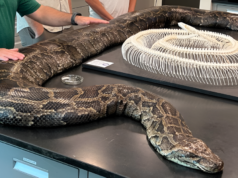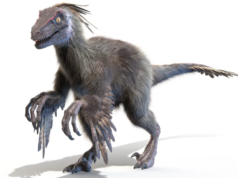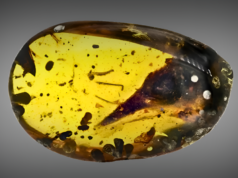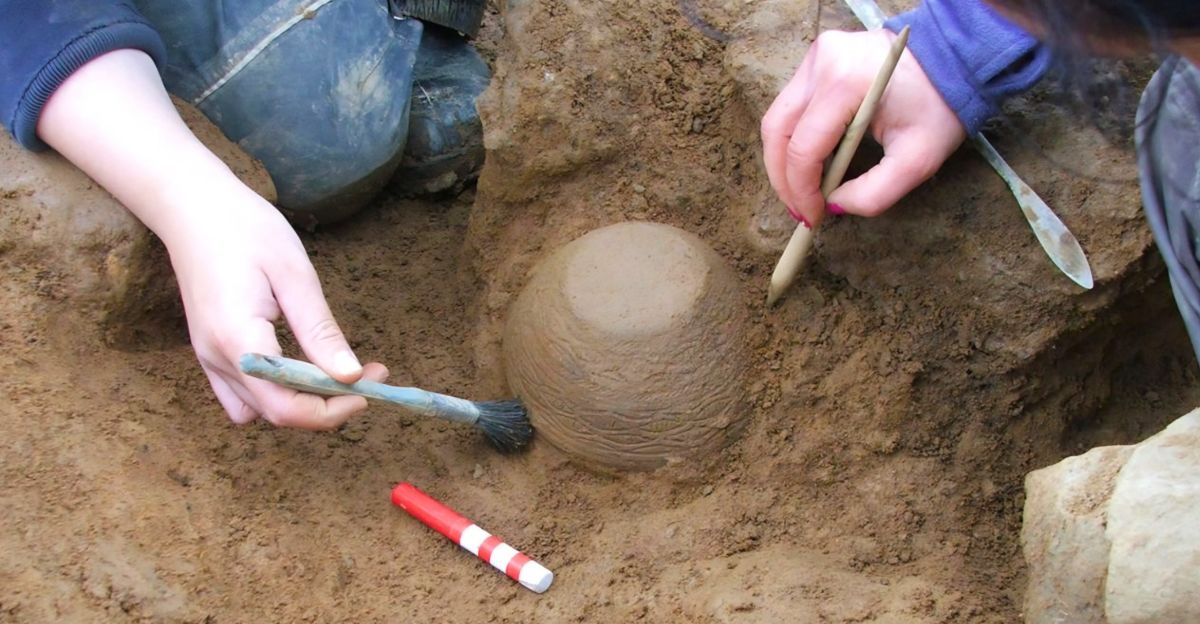
Human history has fascinated the world for as long as time can tell, and the Denisovans were a big part of that mystery. Until recently, all we knew of these ancient hominins came from a handful of teeth and a single finger bone unearthed in a Siberian cave, leaving researchers to speculate about what the Denisovans actually looked like.
The discovery of the first-ever near-complete Denisovan skull, known as the “Dragon Man” or Harbin skull, finally gave us a face to match the DNA. This 146,000-year-old fossil finally gives researchers the answers they have been looking for for many years.
A Secret Hidden for Decades
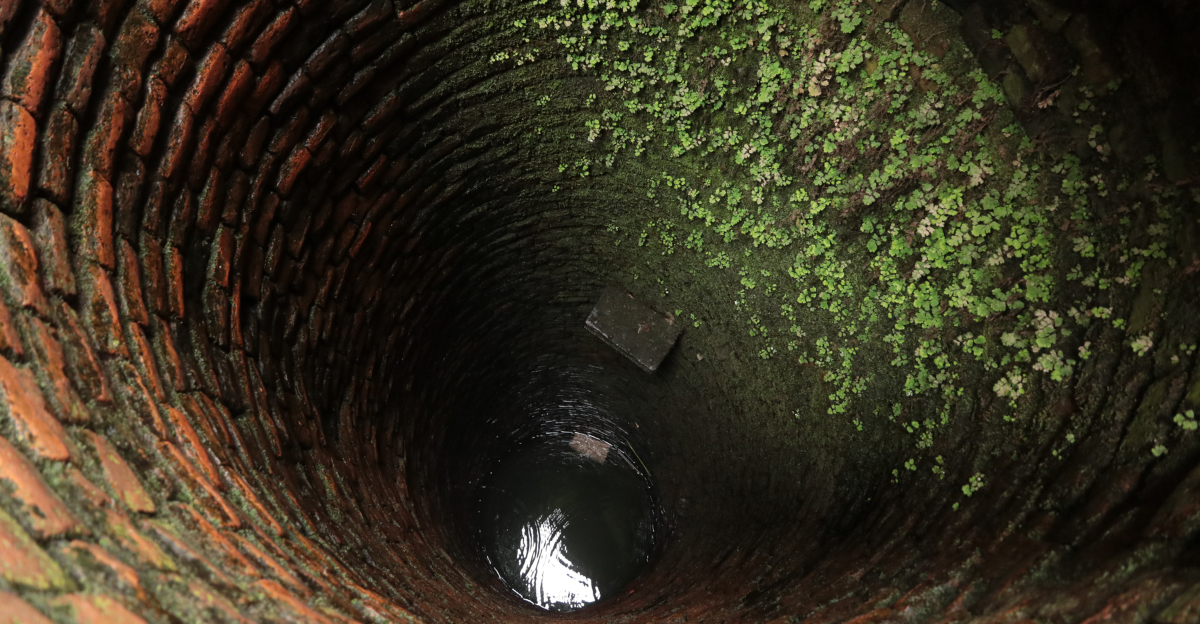
Discovered in 1933 by a laborer building a bridge over the Songhua River in Harbin, northeastern China, the massive skull was immediately recognized as extraordinary. The laborer was terrified that local authorities might take the skull away, so he hid it in an abandoned well, where it remained untouched and unknown to science for more than 80 years.
Only shortly before he died in 2018 did he reveal its existence to his family, who then donated the fossil to Hebei GEO University, finally bringing it to the attention of researchers.
From Homo Longi to Denisovan
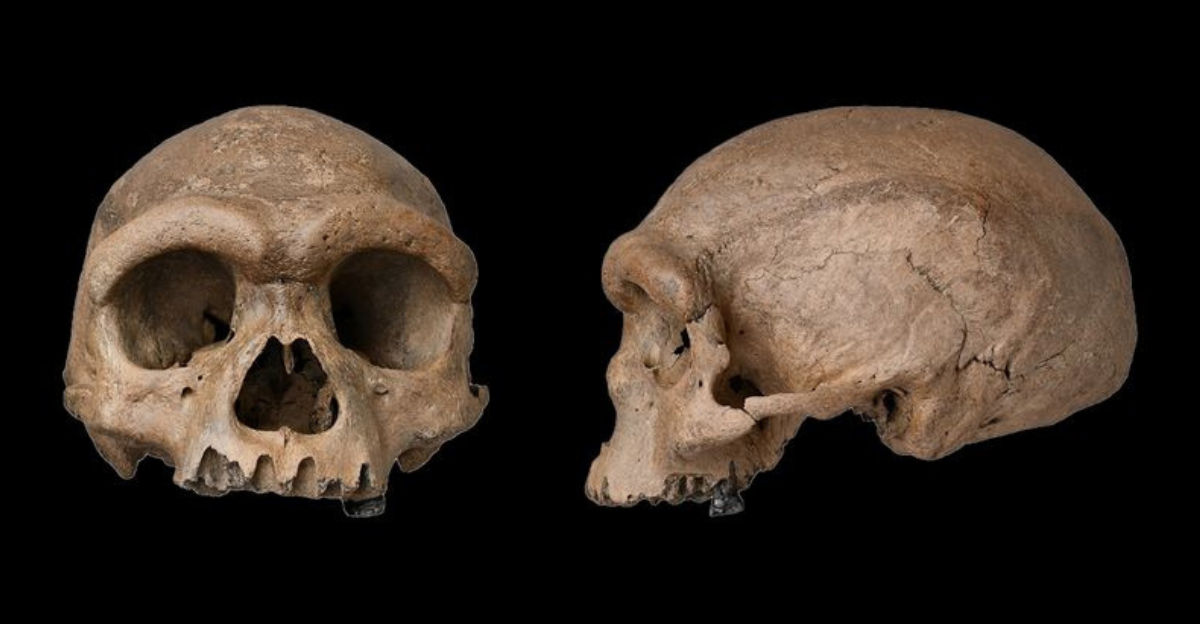
Initially, when the skull was opened to the world in 2021, researchers said that it belonged to an entirely new human species, naming it Homo longi after the “Dragon River” near its discovery site. However, a breakthrough came when advanced molecular analysis revealed that the Dragon Man was not a separate species, but a Denisovan, a group previously known only from fragmentary remains and genetic traces.
“It’s really exciting to finally have Denisovan DNA from a nearly complete cranium,” says Janet Kelso, a computational biologist at the Max Planck Institute for Evolutionary Anthropology in Leipzig, Germany. “We finally have some insights into the cranial morphology of the Denisovans.”
Studying Ancient Molecules

Ancient DNA has revolutionized our understanding of human evolution, but it is often too fragile to survive in many fossil contexts, especially outside cold climates. “It didn’t work because the DNA was absolutely knackered in terms of preservation,” said Dr Katerina Douka. “The next best thing seemed to be proteins.”
In the case of the Harbin cranium, researchers turned to proteomics, extracting 95 endogenous proteins from dental calculus using advanced mass spectrometry. These protein “fingerprints” allowed scientists to definitively classify the skull as Denisovan, even when DNA was scarce or degraded, and to identify unique mitochondrial DNA variants from the same dental plaque.
What Does a Denisovan Look Like?
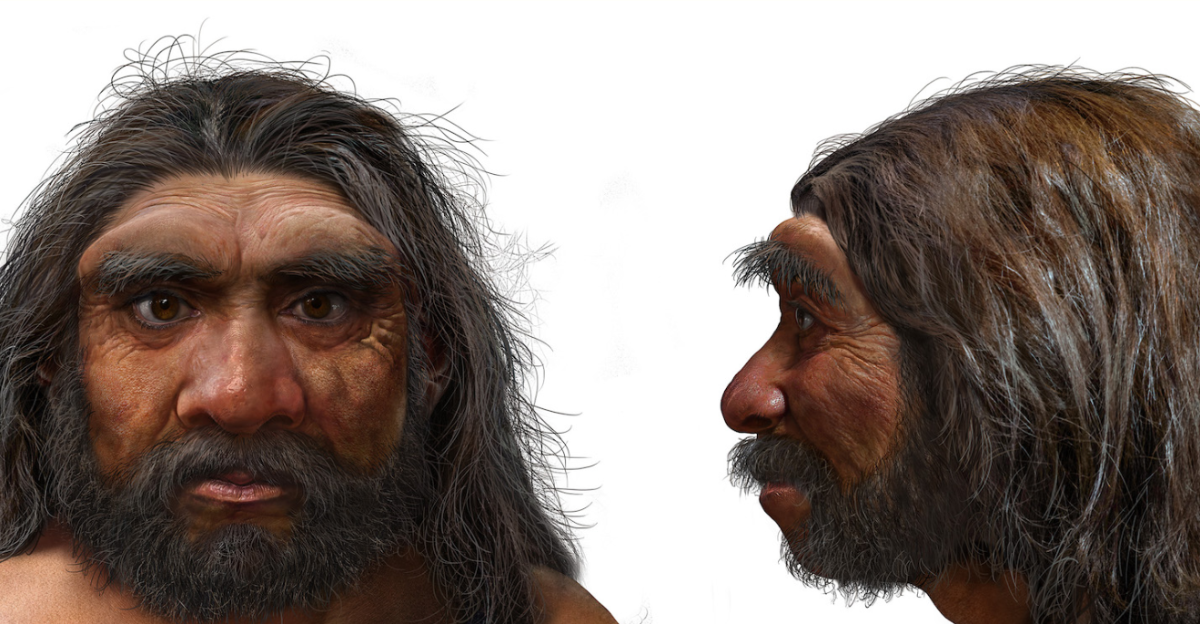
After many years of not knowing how to answer this question, scientists can finally answer. Denisovans had a broad, low face with a pronounced brow ridge and large eye sockets, giving them a powerful and distinctive appearance. Their mid-face was relatively flat, and their jaws and teeth were especially robust, with notably large molars.
Genetic and protein evidence suggests they likely had dark eyes, hair, and skin. Reconstructions based on molecular and anatomical data showed that they were heavily built, possibly weighing around 220 pounds, and their skulls were broader than those of Neanderthals and modern humans.
The Geographic Range of Denisovans

Denisovans were once thought to be restricted to a much smaller portion of land. They used to inhabit landscapes from Siberia to Southeast Asia and Tibet. They thrived across an impressive array of environments, adapting to extreme cold and humid lowland forests.
Genetic evidence further supports this vast distribution. Denisovan DNA is found in modern populations throughout East, Southeast, Central, and North Asia and even as far as Oceania, indicating extensive interbreeding with early modern humans.
The Genetic Legacy of Denisovans
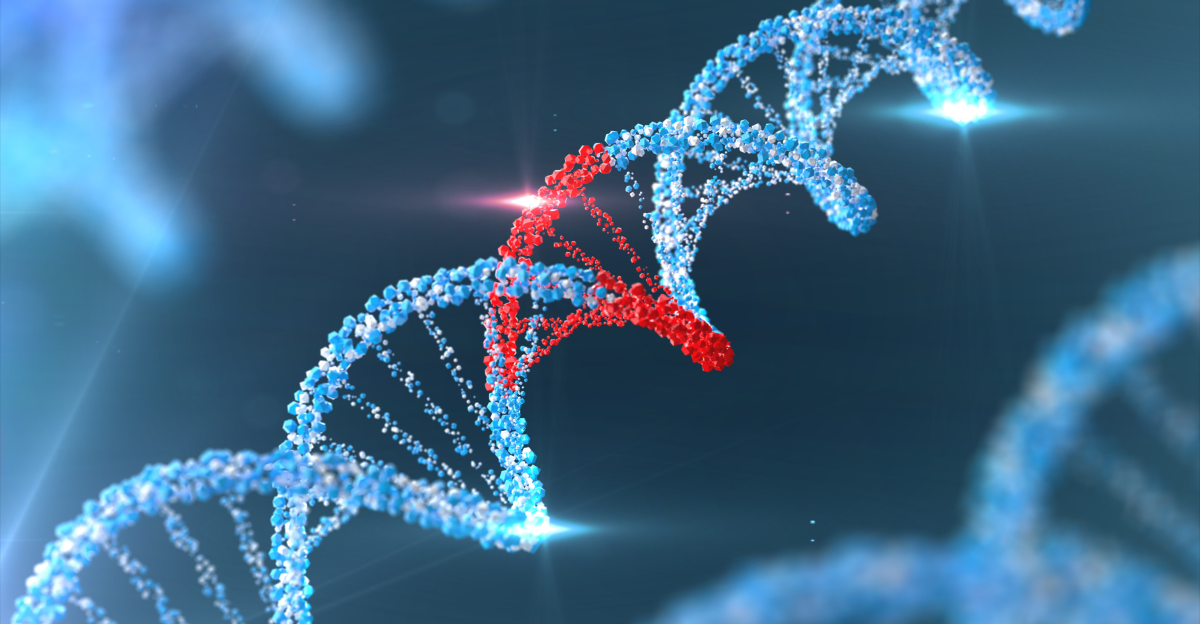
Studies have revealed at least two distinct pulses of Denisovan ancestry in East Asian genomes. At the same time, populations like Papuans and Aboriginal Australians carry some of the highest proportions of Denisovan DNA, up to 5%. The EPAS1 gene inherited from Denisovans enables Tibetan populations to thrive at high altitudes by regulating the body’s response to low oxygen levels.
Their DNA also contributed to immune system functions, helping to resist local pathogens in populations like Papua New Guinea, Southeast Asia, and even the Arctic.
Implications for Human Evolution
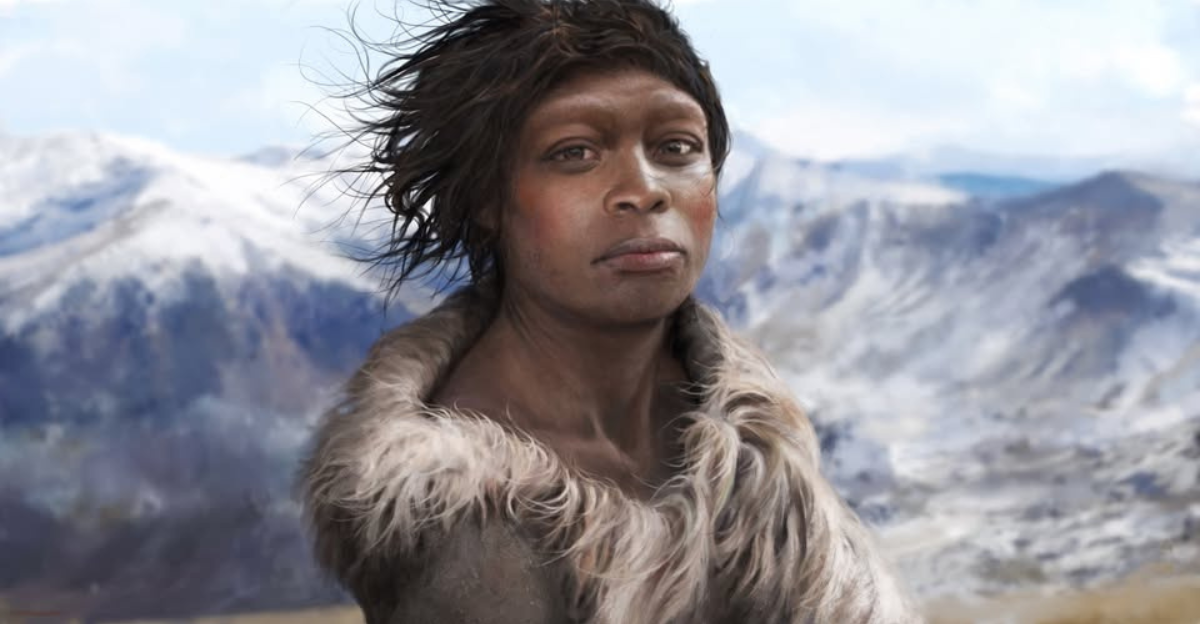
For the first time, researchers can connect Denisovan DNA to a well-preserved fossil, giving them a tangible link between genetics and morphology. The Denisovan contribution to traits like high-altitude adaptation and immune system resilience demonstrates that human evolution was not a linear process but a dynamic exchange of genes and adaptations across multiple lineages.
“I really feel that we have cleared up some of the mystery surrounding this population,” said Qiaomei Fu, lead author of the new research. “After 15 years, we know the first Denisovan skull.”
The Future of Denisovan Research
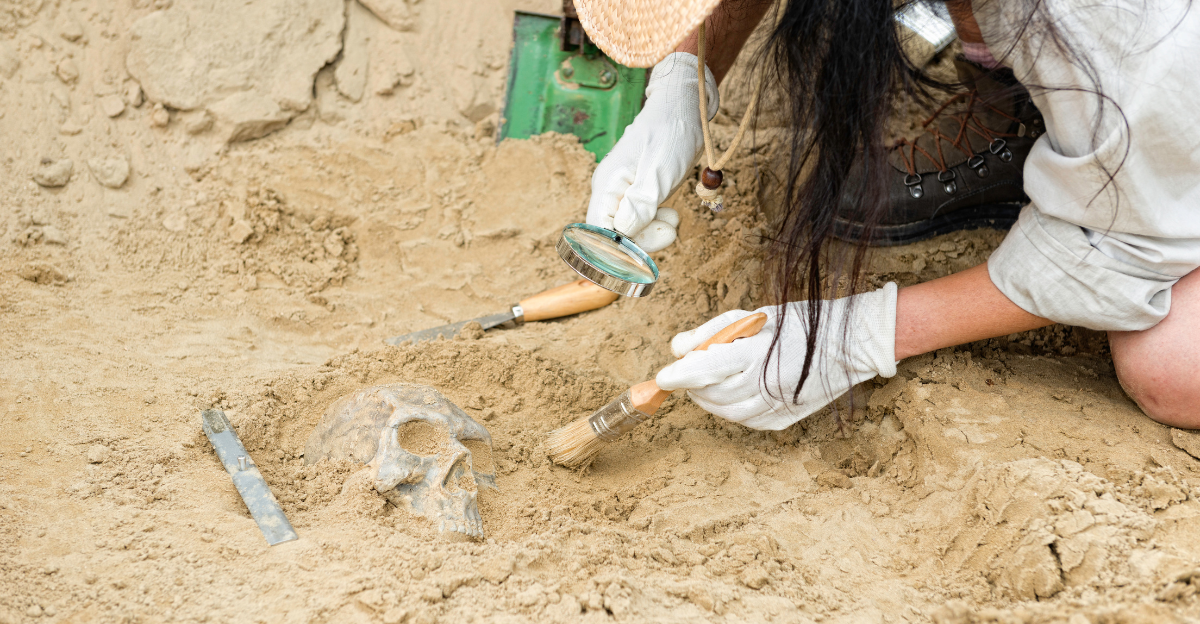
As technology evolves and more research tools become available, scientists will discover more about the history of human evolution. As more fossils and molecular data come to light, researchers anticipate a far richer and more nuanced picture of Denisovan life, their interactions with other hominins, and their enduring legacy in the human genome.
“It’s exciting to have been part of what has happened in the field in the past couple of years,” says Dr Frido Welker at the University of Copenhagen in Denmark. “Even now, I still don’t know what its limits are. That’s only a good thing, because it means we still have lots of things to explore.”
A Face for the Denisovans
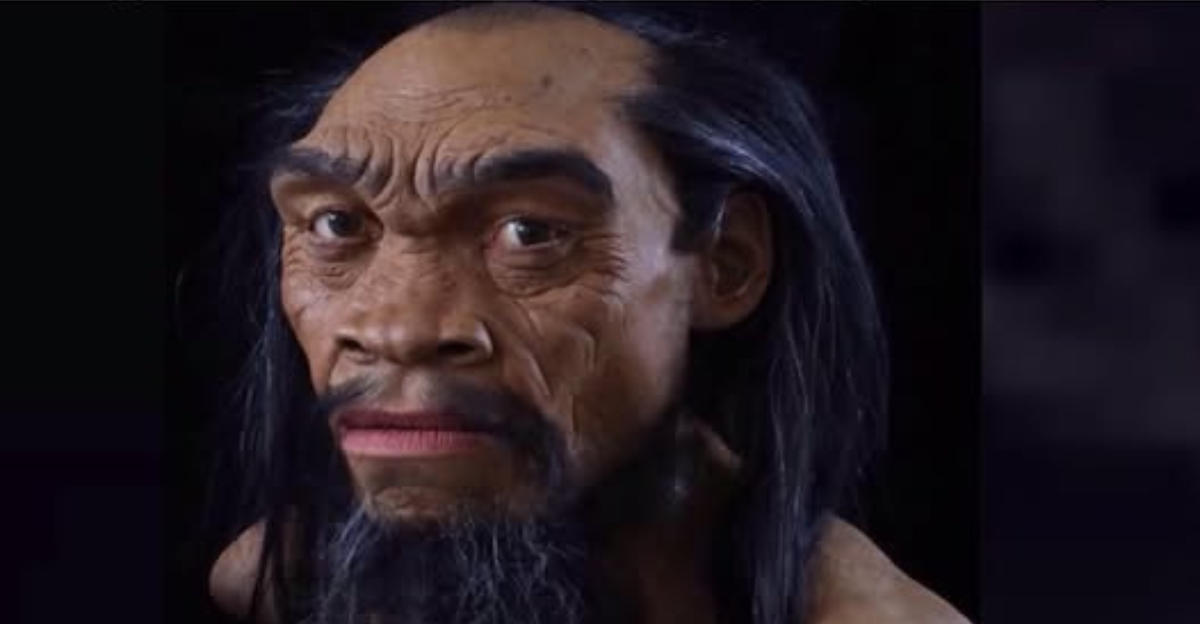
For the first time, the world can gaze into the face of a Denisovan, thanks to a blend of scientific rigor and artistic interpretation. Paleoartists like John Gurche have meticulously reconstructed the Denisovan using the nearly complete Harbin skull, giving us an idea of what these ancient humans looked like.
“We provide the first reconstruction of the skeletal anatomy of Denisovans,” says Liran Carmel, lead author of the study. “In many ways, Denisovans resembled Neanderthals, but in some traits they resembled us and in others they were unique.”
.


